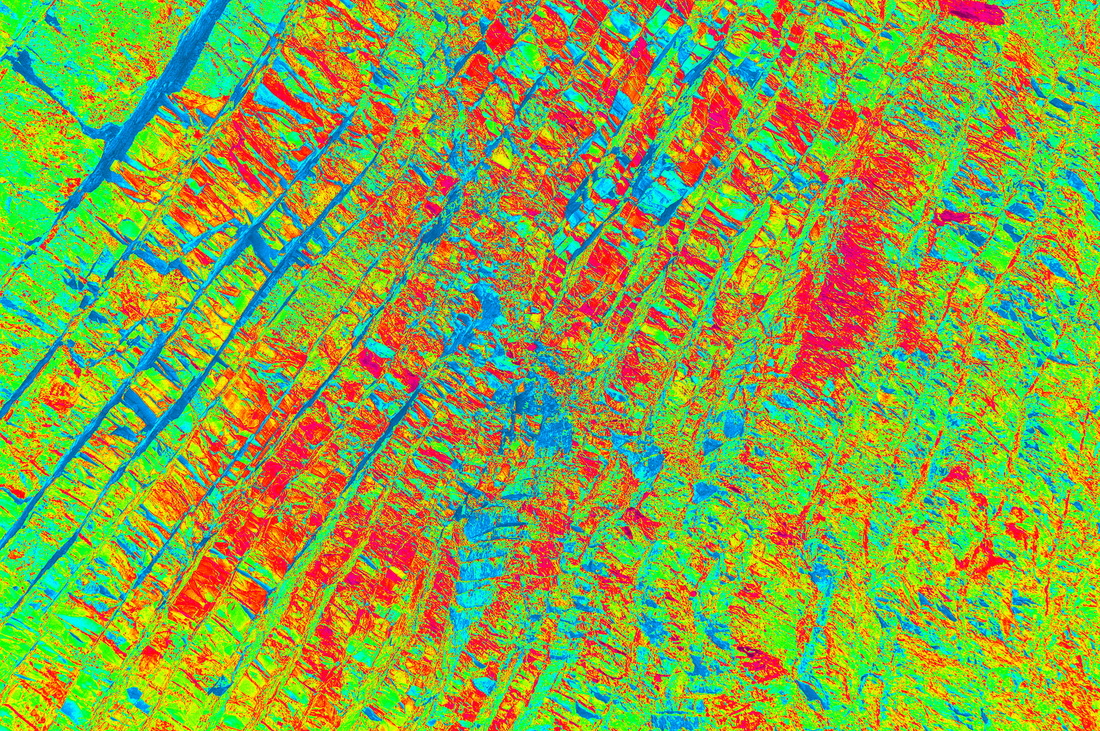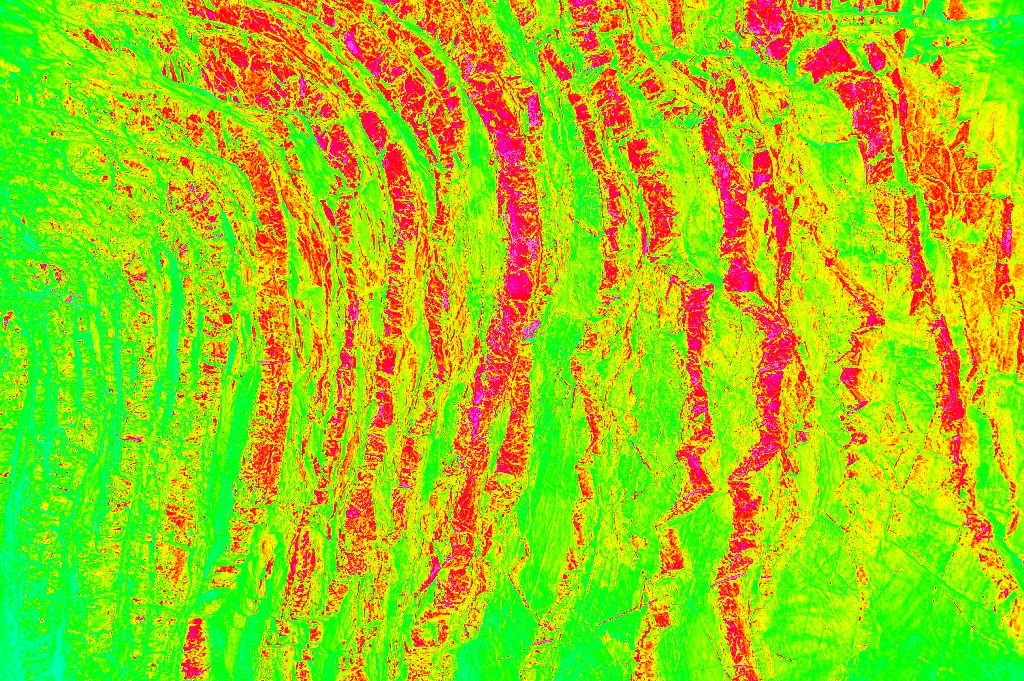Busch Geotechnical Consultants
These are photographs of "everyday" rocks that I have tricked out using various options available in Google's Picasa program. In some cases, the colorific approach brings out rock fabrics that otherwise are somewhat hidden. But, mostly, these are just for fun. Sooner or later I'll post the original photographs in the "Rocks" part of the Photo Galleries web pages. I have noted the location of the original photograph, and geologic notes, and I update existing captions from time to time. You don't have to be on LSD (or anything else) to enjoy these. I last added photos (of Grand Canyon rocks) on June 27, 2013. Needless to say, these are copyrighted images.
|
|
|
|
|
This is an educational website.
Powered by Mother Earth, Weebly, and REB





















